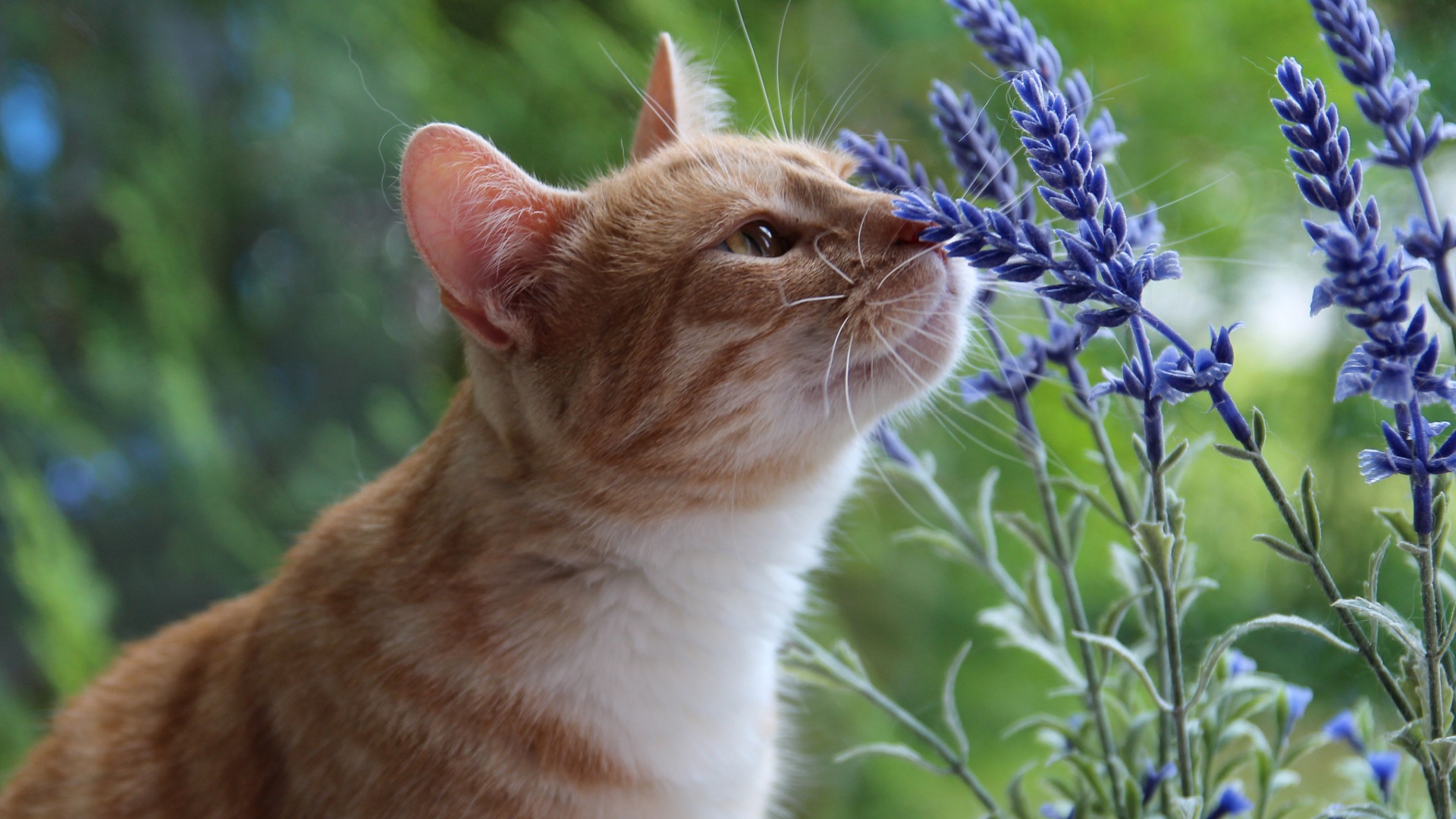Cats are curious creatures with a keen sense of smell. If you find felines frequently visiting your garden, it might be because they’ve caught a whiff of something irresistible.
From fragrant herbs to pungent fish, certain scents act like a magnet for our four-legged friends. Understanding what attracts cats can help you either welcome more furry visitors or deter them, depending on your preference.
Here’s a look at the top 13 smells that might be drawing cats to your yard in the first place.
1. Catnip
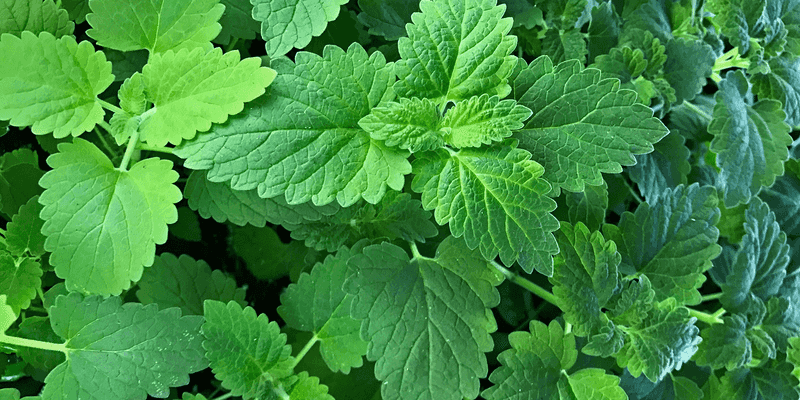
Catnip, also known as Nepeta cataria, is a perennial herb that’s notorious for attracting feline attention. Cats are drawn to its scent due to the compound nepetalactone, found in its leaves and stems. When cats encounter catnip, they may roll around, paw at it, or simply enjoy its aroma.
This behavior is a result of nepetalactone binding to receptors in the cat’s nose, stimulating sensory neurons. The reaction is often one of bliss, with many cats appearing to enter a euphoric state for several minutes.
Catnip is easy to grow in gardens and can be a delightful addition for cat owners looking to entertain their pets.
However, it’s interesting to note that not all cats are affected by catnip; approximately one-third show no response. If you wish to attract more cats to your yard, planting catnip is a natural and effective method.
2. Lavender
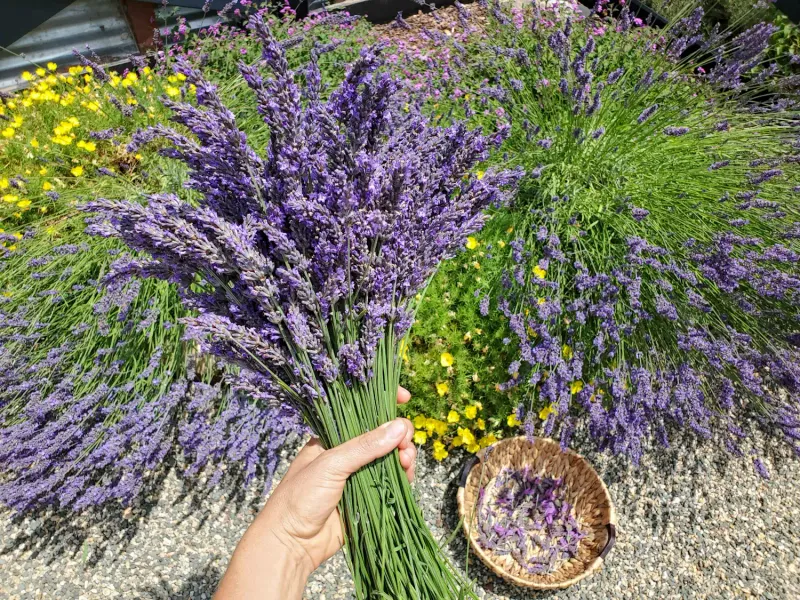
Lavender is not only a favorite for humans but also a scent that can appeal to cats. While it is generally less potent in its attraction compared to catnip, lavender can still pique a cat’s interest.
The soothing aroma of lavender can have a calming effect on cats, encouraging them to linger in your garden. Cats might be observed brushing against lavender plants or lying close to them, basking in the scent.
Growing lavender in your yard not only adds beauty but can also create a peaceful environment for both you and visiting felines.
It’s worth planting lavender in spaces where you don’t mind cats spending time. However, some cats may be indifferent, so combining lavender with other attractive plants could enhance its magnetic pull. Enjoy the dual benefit of a fragrant garden and feline visitors with this lovely plant.
3. Valerian Root
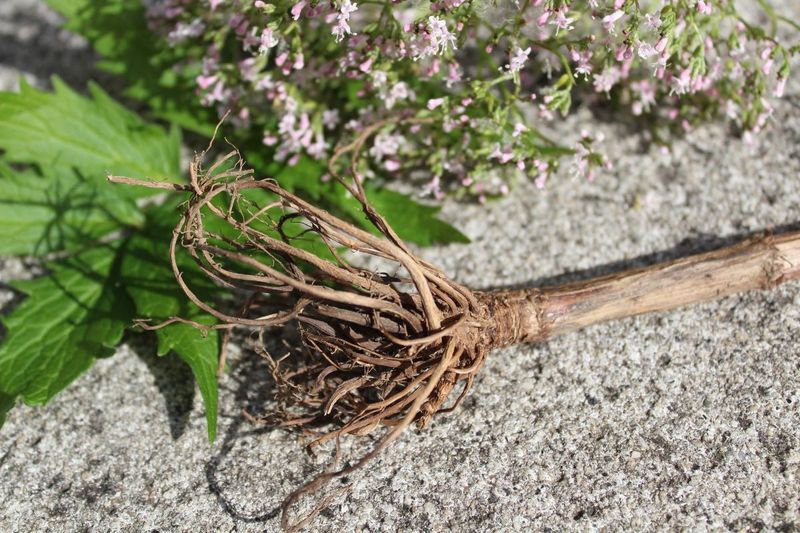
Valerian root is another plant that acts like a cat magnet, though its scent is quite different from catnip. Known for its earthy and musky aroma, valerian root contains actinidine, a compound that can attract cats in a manner similar to nepetalactone in catnip.
Many cats may exhibit playful behavior upon encountering valerian root, such as rolling or rubbing against it. This is a plant that can be particularly attractive to cats who don’t respond to catnip.
For garden enthusiasts, growing valerian is relatively easy, and it can serve as a curious addition to your botanical collection.
Be mindful, though, as it may invite more feline friends than you anticipated. Valerian has also been used in herbal medicine to promote relaxation and sleep, making it a dual-purpose plant that benefits both humans and cats.
4. Mint
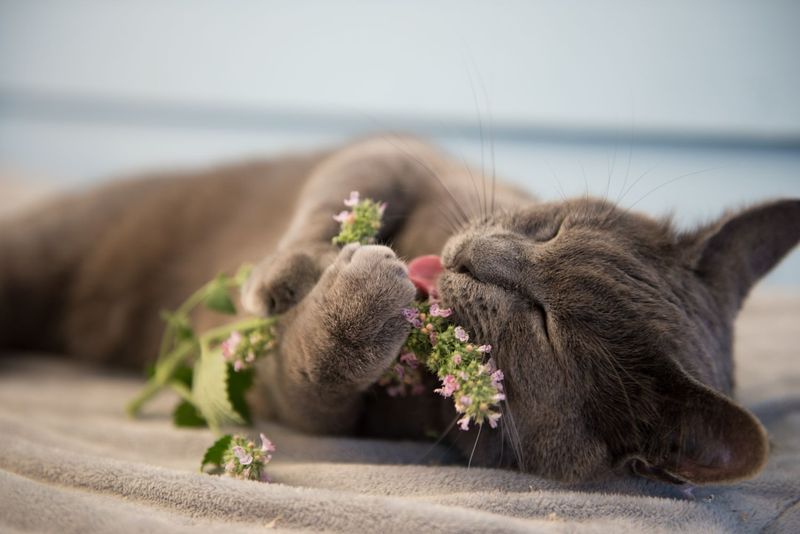
Mint plants, including spearmint and peppermint, are known for their strong and refreshing scent, which can be quite enticing to cats.
While not all cats are drawn to mint, those that are may exhibit behaviors similar to their reaction to catnip, such as sniffing, rubbing, and rolling around the plant. This attraction is believed to be due to certain compounds in mint that mimic the effects of nepetalactone.
For gardeners, mint is relatively easy to cultivate and can spread quickly, so it’s advisable to plant it in a controlled space.
Having mint in your yard can provide a burst of pleasant fragrance while simultaneously attracting curious feline visitors. If you’re a cat lover, mint might be the perfect addition to your garden to encourage more furry guests.
5. Rosemary
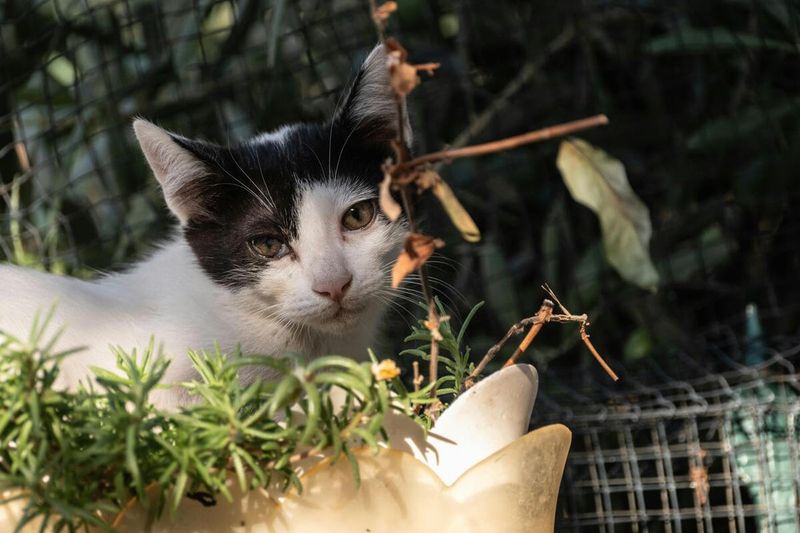
Rosemary is a hardy herb that many cats find appealing, thanks to its woody and aromatic fragrance. While it may not have the same impact as catnip or valerian, rosemary’s scent can still draw in some curious cats.
This herb is often used in cooking, but its benefits extend to the garden, where it can deter pests while attracting feline visitors. Cats may enjoy rubbing against rosemary bushes or lying nearby to soak in the scent.
Additionally, rosemary is easy to maintain, thriving in various climates, and it can be a beautiful, functional addition to your yard.
For those looking to cultivate a cat-friendly garden, rosemary offers both aesthetic appeal and a subtle way to attract cats. Its evergreen nature ensures that it remains a charming feature throughout the year.
6. Olive
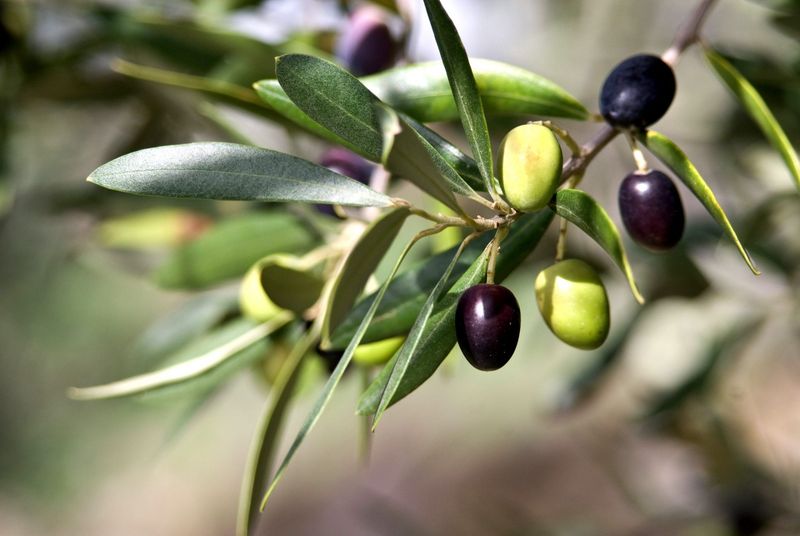
The scent of olives is surprisingly attractive to many cats. Both olive trees and the fruit themselves contain chemicals similar to nepetalactone, leading to a fascination among felines. Cats might be seen batting around olives or rubbing against olive branches, much like they do with catnip.
For garden enthusiasts, planting an olive tree can be an exotic addition to your landscape. In regions where olive trees thrive, they provide not only an aromatic allure for cats but also a source of delicious fruits for humans.
If planting a tree isn’t feasible, having a small olive plant or offering whole olives can still entice visiting cats. This unique attraction is something that both cat lovers and gardening aficionados can appreciate. Enjoy the sight of cats frolicking around your olive-scented sanctuary.
7. Basil
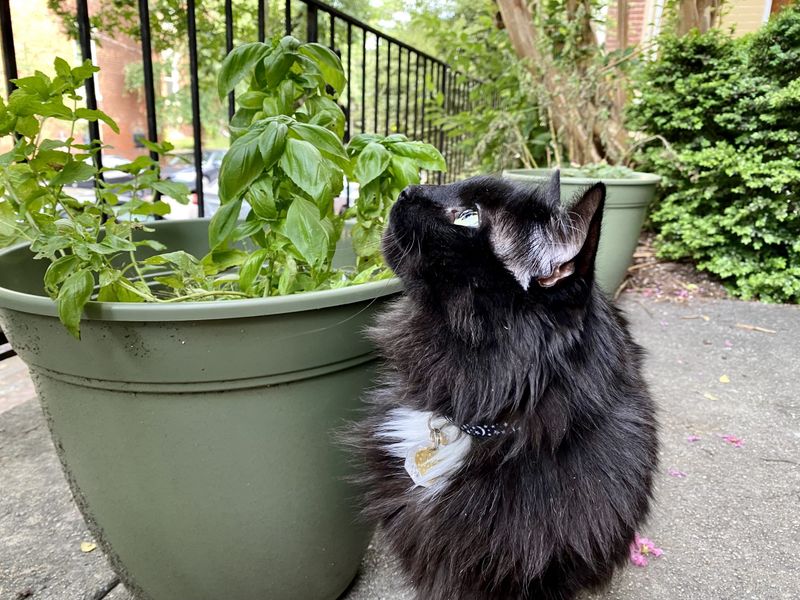
Basil, a common culinary herb, is another scent that can catch a cat’s attention. Although not as universally attractive as catnip, some cats are drawn to the sweet and slightly spicy aroma of basil. This attraction might be due to the aromatic oils found in the leaves, which can pique a cat’s curiosity.
Basil is a versatile herb that is easy to grow, making it a great addition to any garden. It serves a dual purpose by providing fresh herbs for your kitchen and a sensory delight for curious cats.
Gardeners can plant basil in pots or garden beds, ensuring that cats have ample opportunity to explore the fragrant leaves. If you enjoy cooking with basil and have a fondness for feline visitors, this herb could be a perfect fit for your garden setup.
8. Chives
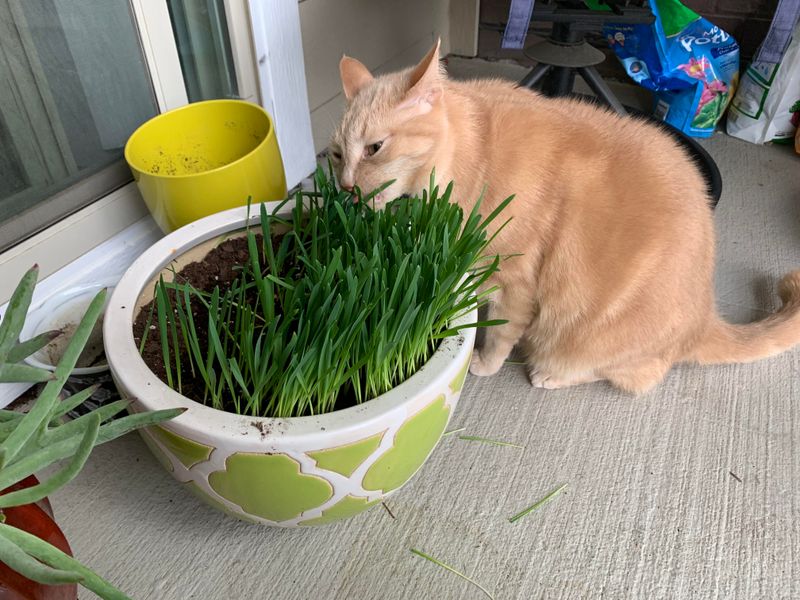
Chives, with their mild onion-like scent, are not only a favorite among chefs but can also intrigue certain cats. While not as potent as other plants on this list, the smell of chives can still attract felines looking for new scents to explore.
Cats might be seen nosing through chive patches, taking in the aroma. For gardeners, chives are an easy-to-grow perennial that requires minimal maintenance. They can add a splash of green to your yard while potentially drawing in curious cats.
However, it’s essential to monitor their interaction, as chives can be toxic if ingested in large quantities. Planting chives in a location where cats can safely sniff without consuming large amounts is key. This herb offers an interesting balance of culinary usefulness and subtle attraction to cats.
9. Thyme
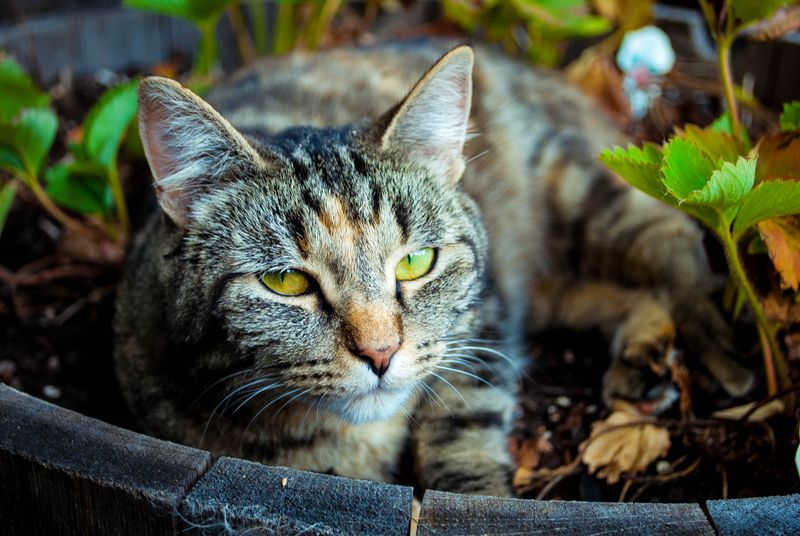
Thyme is a hardy, low-growing herb that many cats find intriguing. Its earthy and slightly minty aroma can attract felines, who may enjoy lying among the thyme or gently rubbing against it. Thyme’s appeal lies in its essential oils, which can be quite enticing to a cat’s sensitive nose.
This herb is versatile in the garden, thriving in sunny spots and requiring minimal care. For those looking to cultivate a cat-friendly environment, thyme can serve as both a fragrant addition and a feline haven. It’s ideal for growing in rock gardens or as ground cover.
Besides its attraction for cats, thyme is a culinary staple, enhancing dishes with its unique flavor. Embrace the dual benefits of thyme by inviting both fragrance and feline company into your garden.
10. Sage
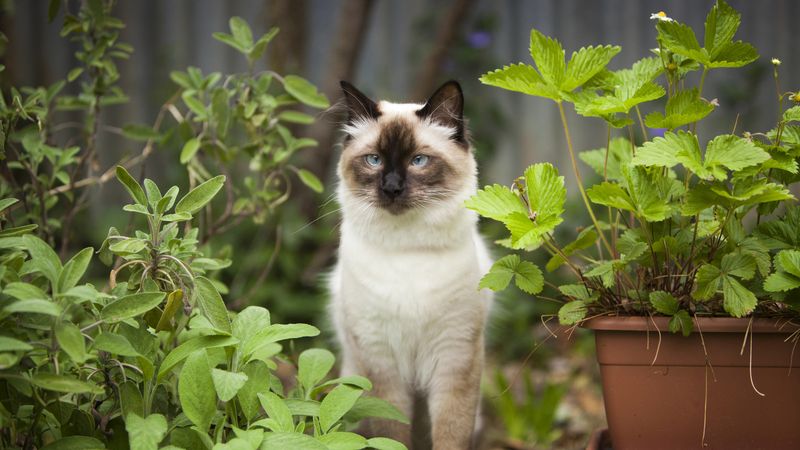
Sage is known for its strong, earthy aroma and is a staple in many herb gardens. Cats may find the scent of sage intriguing, leading them to explore areas where this herb is planted. While not all cats are drawn to sage, those that are might enjoy the sensory experience it offers.
Gardening with sage is relatively straightforward, as it is a resilient plant that thrives in various conditions. By incorporating sage into your garden, you might find that it attracts feline visitors interested in its robust scent.
This herb also serves culinary purposes, adding flavor to a range of dishes. Whether you’re an avid cook or a cat lover, sage can enhance your garden with its aromatic presence and potential to draw in curious cats.
11. Marjoram
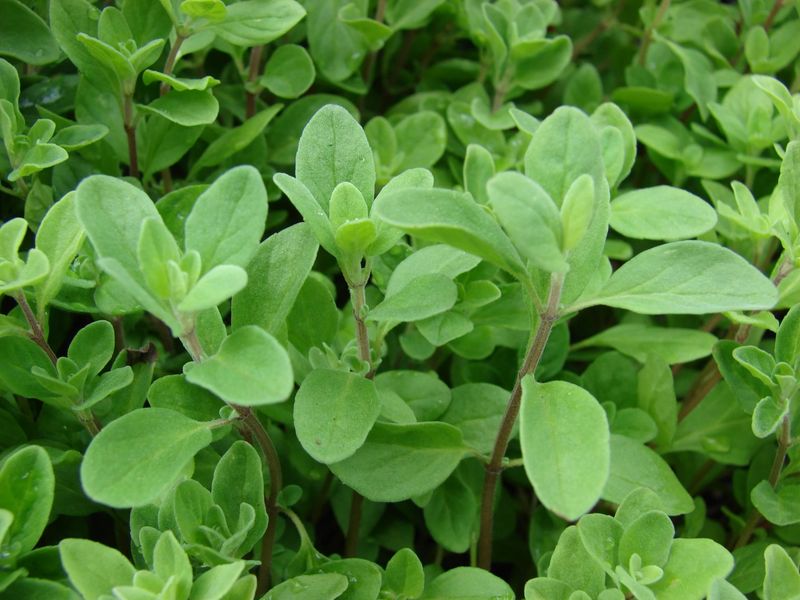
Marjoram, closely related to oregano, is another herb that can attract cats with its sweet, citrusy fragrance. Although not as commonly known for attracting cats as other plants, marjoram can still pique a cat’s curiosity.
The essential oils in marjoram are aromatic and can entice felines to investigate further, often resulting in playful behavior. Gardeners appreciate marjoram for its ease of growth and culinary applications, making it a versatile addition to any garden.
If you’re looking to add a lesser-known herb that might attract feline visitors, marjoram is worth considering. It thrives in sunny spots and can be grown in pots or directly in the ground. Enjoy the combination of a fragrant herb and the possibility of playful cats visiting your garden.
12. Coriander
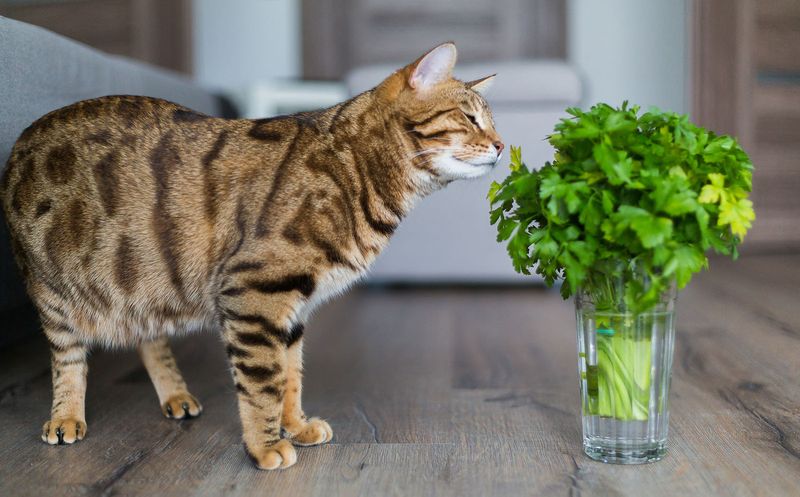
Coriander, also known as cilantro, is an herb with a distinct aroma that some cats find appealing. While it may not have the universal allure of catnip, it can still attract felines who are curious about new scents. The aromatic quality of coriander comes from its essential oils, which can captivate a cat’s senses.
This herb is easy to grow and can be a delightful addition to your garden, providing fresh leaves for culinary use.
Cats might be observed wandering through coriander patches, sniffing and exploring the fragrant plants. If you’re a fan of cooking with coriander and enjoy the company of cats in your yard, this herb could be a perfect choice. Embrace the aromatic appeal of coriander and welcome feline visitors with open arms.
13. Parsley
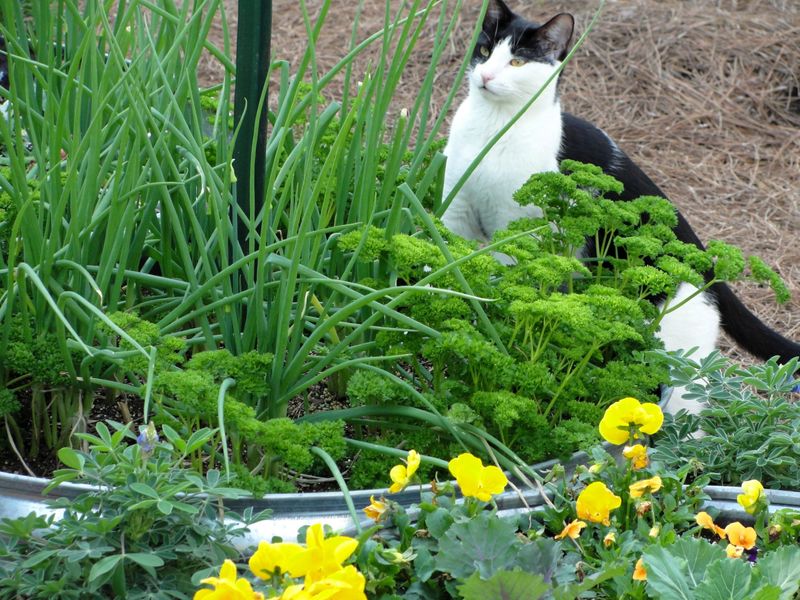
Parsley is a commonly grown herb that might attract cats with its fresh, crisp scent. While not as potent in its allure as some other herbs, parsley can still draw in felines curious about its aroma.
This herb is often used in cooking and is easy to cultivate, making it a dual-purpose addition to your garden.
Cats may find themselves intrigued by the scent of parsley, taking time to explore its leaves. When planting parsley, consider providing spaces where cats can safely enjoy the aroma without risk, as large consumption can be harmful.
This ensures a balance between enjoying the presence of cats and maintaining a safe environment. Parsley offers the joy of a fragrant garden accentuated by the occasional curious feline visitor, making it a charming herb to grow.

